The flagship product of your meals, do you really know rice? Its varieties, its nutritional contributions and the different ways of preparing it? We will tell you all about this cereal, which is very popular around the world.
Rice, a Basic That Is Good For You
Few households don’t have at least one packet of ready-to-use rice in their cupboard! We like to taste it as an accompaniment, in salads, in risotto, and even in dessert. A beneficial habit, both on the plate and for health.
“The main quality of rice is its richness in complex carbohydrates (78 g of carbohydrates per 100 g), which will provide energy slowly assimilated by our bodies (unlike fast sugars). It is also a source of vegetable protein (7 g per 100 g of raw rice) and B vitamins while being very low in fat. This is an ingredient that is, therefore, all good.

As for the fibre content, it depends on the variety of rice consumed. “These are fibres that lower cholesterol levels, which provide great satiety and thus limit snacking,” approves Camille Petit.
With this little extra, which allows everyone to savour it: it is gluten-free.
Are There Different Kinds Of Rice?
Yes, and besides, everyone has their favourite rice! What you should know, however, is that the different varieties of rice have specific nutrient profiles depending on three factors: the industrial manufacturing process (brown, semi-brown, white rice), the variety grown and cooking. “The more complete the rice, the more we will keep the envelope of the grain of rice; it is the most natural and the best for health. The rice will then have more fibre and group B vitamins, explains the dietician. On the other hand, it is preferable to choose organic because the pesticides are stored on the envelope of the grain of rice. If you prefer white rice, we recommend “choosing basmati rice, which has the lowest glycemic index rate, and which, in addition, is delicious”.
Differences between White Rice and Brown Rice
Rice is one of the most consumed cereals in the world, along with wheat. It is said to be “complete” when its envelope is preserved once the outer shell has been removed. It is also called “brown rice.”
The rice is called “white” because it undergoes more processing. Indeed, its membrane, also called the “ball,” has been removed. The taste of brown rice is more pronounced, reminiscent of walnuts. Its fibre, vitamin and mineral content is higher than white rice, which has a more neutral taste. It is linked to the rice bran contained in its membrane.
Both types of rice have the same caloric and carbohydrate value. They both contain vitamins B1, B2 and B6. However, brown rice contains more and also offers more minerals such as phosphorus, manganese or iodine.
Brown Rice or White Rice, Which Is Healthier?
According to nutrition and health professionals, brown rice is healthier than white rice. The reasons for this inclination towards brown rice are various:
- Superior nutritional value: brown rice contains fibre, minerals, nutrients, trace elements (phosphorus, zinc, potassium, etc.), and B vitamins. This composition makes it a quality food.
- An unprocessed food: whoever says unprocessed says little chemically treated. Brown rice is a cereal that manufacturers do not touch or little. There is, therefore, no preservative or colouring agent.
- Blood sugar regulator: rich in fibre, brown rice helps digestion and helps prevent blood sugar spikes, which is important, especially for people with cholesterol.
- Avoid spikes in blood sugar: with an average glycemic index, the absorption of this rice will not cause a rapid increase in blood sugar. This is the reason why people with diabetes should prefer this type of food.
If the arguments in favour of brown rice are numerous, you should not always banish white rice from your plates. In small quantities and occasionally, white rice will not harm your health.
How to Cook Rice?
In order to integrate it well into your preparations, the rule is simple: as with all starchy foods, it’s all a question of dosage.
“For a balanced plate, count ¼ of animal protein, ¼ of starchy foods (rice!) and the remaining half of vegetables. If you are vegetarian, count 1/3 of starchy foods and legumes, and 2/3 of vegetables”, specifies the professional.
As for its frequency of consumption, some countries include rice daily in their meals. It is, therefore, rather a matter of taste, but as usual, the important thing is to vary the pleasures and the contributions. How to do? The list of possibilities is long: chilli con carne, paella, biryani, pilaf, risotto, as an accompaniment to a stuffed tomato, in a salad, in the form of rice pudding.
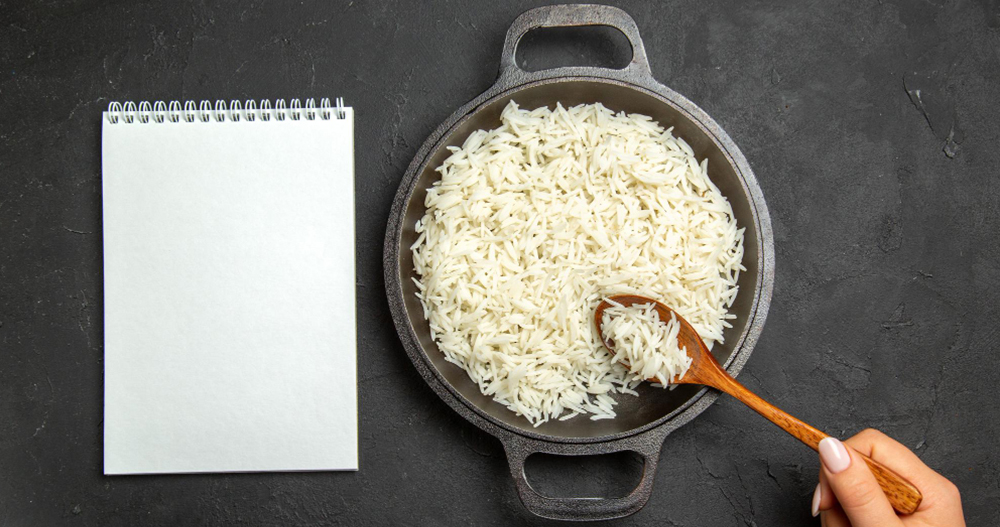
Cooking: Water, But Not Too Much!
Notice to lovers of cooking in a saucepan: rice cooked in a large volume of water loses vitamins and minerals, which are diluted in the liquid. The solution? Prefer cooking pilaf.
Healthy, Vegetarian and Gluten-Free
This Indian rice-based recipe is perfectly suited to vegetarian and gluten-free diets. Coconut is known for its many benefits, as it is rich in minerals (potassium, iron, magnesium, phosphorus, copper and zinc), fibre and fatty acids that facilitate digestion.
Recipe Indian Rice
Ingredients
- 150g basmati rice
- One onion
- One small turnip
- 30g cashew nuts
- 30g raisins
- One tablespoon of rapeseed oil
- One tablespoon of turmeric
- Two tablespoons of coconut milk
- A few coriander leaves (or powder)
- Salt and pepper
Preparation of Indian Rice
- Cook 150 g of basmati rice in 1.5 times its volume of salted water for 11 minutes. Keep warm.
- Peel and chop the onion.
- Cut the turnip into small dice.
- In a pan, brown the peeled and chopped onion, the diced turnip, 30 g of cashew nuts, and 30 g of raisins with one tablespoon of rapeseed oil.
- Add salt and pepper.
- Add 1 tbsp of turmeric, a few coriander leaves (or powder) and 2 tbsp of coconut milk.
- Leave to heat for 1 minute and mix with the already-cooked rice. Your Indian rice is ready.
Visit the ADNOOR website for the best golden Sella basmati rice, long-grain rice, brown rice, Super Kernel Basmati Rice, white rice, nuts, seeds, and dried fruits. We take pride in saying that we provide the best basmati rice in Montreal and have been the importers, exporters, wholesalers, distributors, and co-packers of various nuts and grains in Canada for the last 25 years. We aim to provide our customers with quality products so they keep trusting us. So without wasting time, visit our website and order what you need.




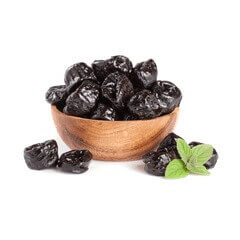
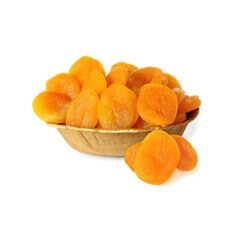
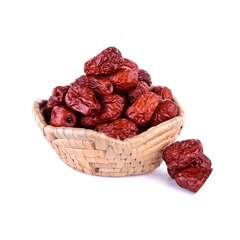
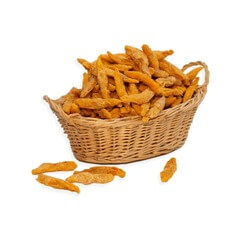
All About Rice - best rice in canada Adnoor Basmati Rice
April 11, 2023[…] to the ADNOOR website for exceptional golden Sella basmati rice, lengthy-grain rice, brown rice, first-rate Kernel Basmati Rice, white rice, nuts, seeds, and dried culmination. We take pride in […]